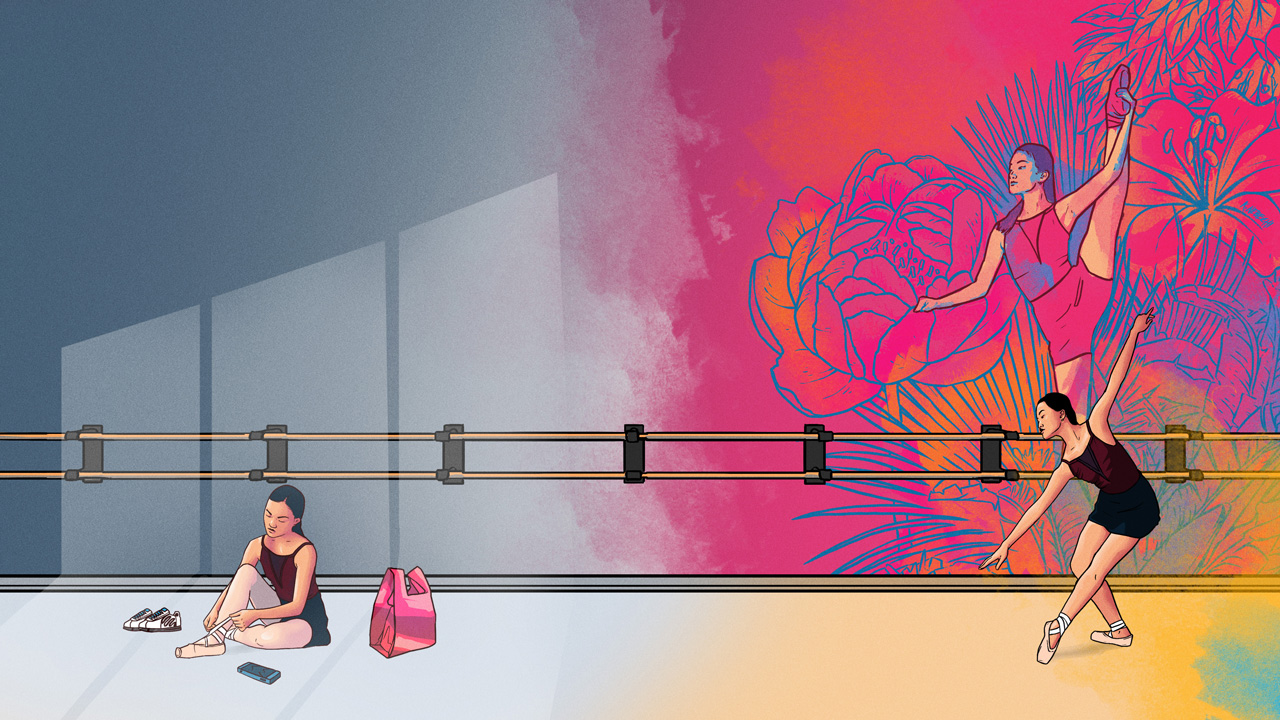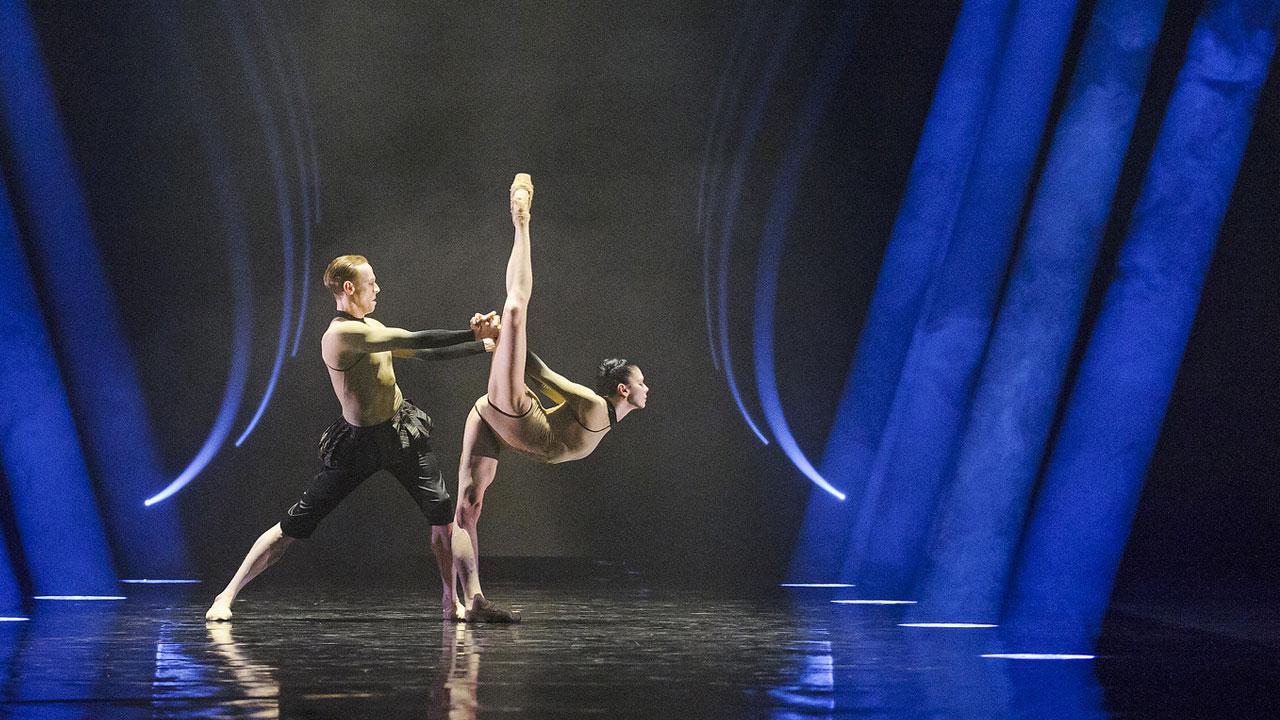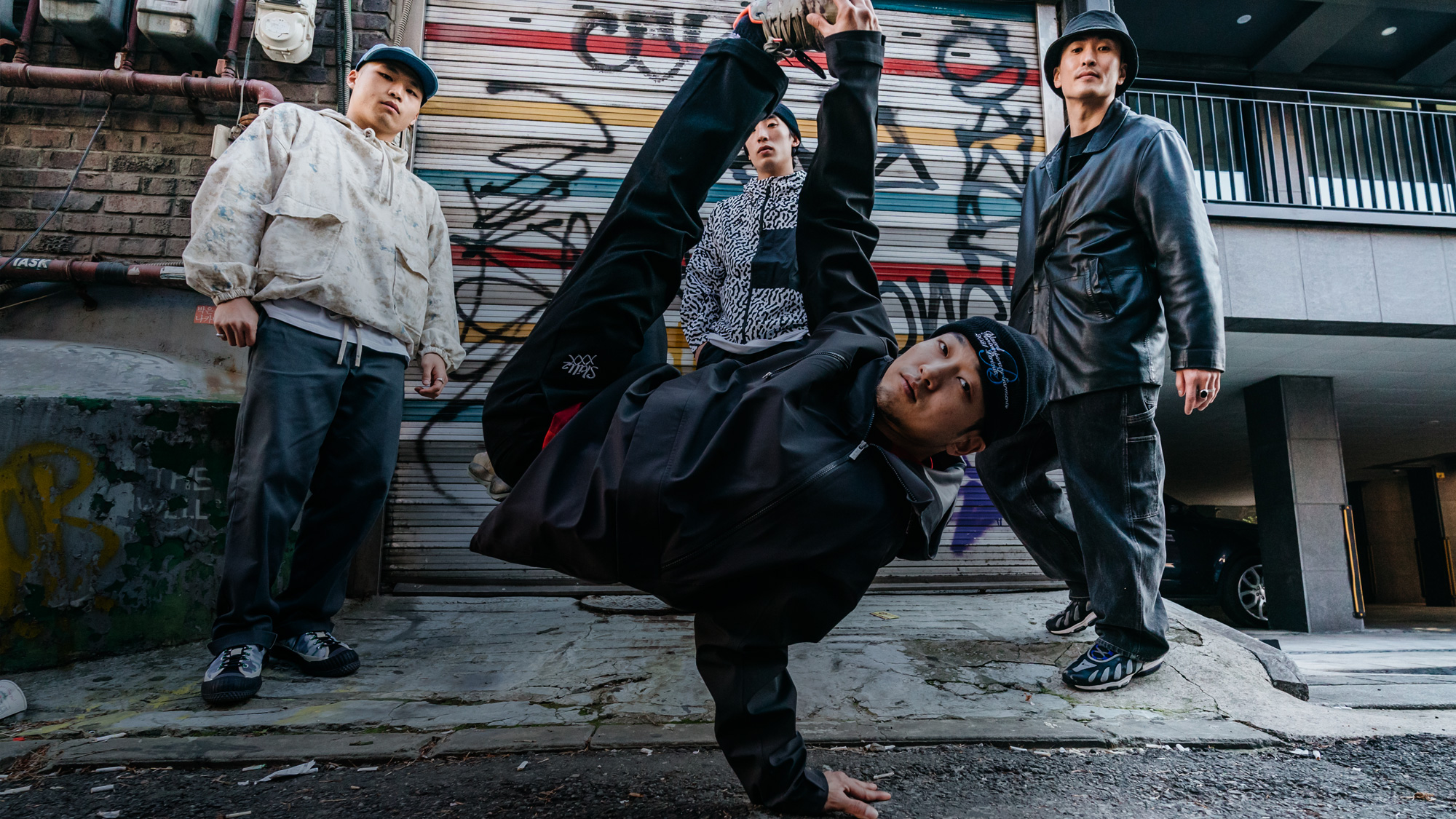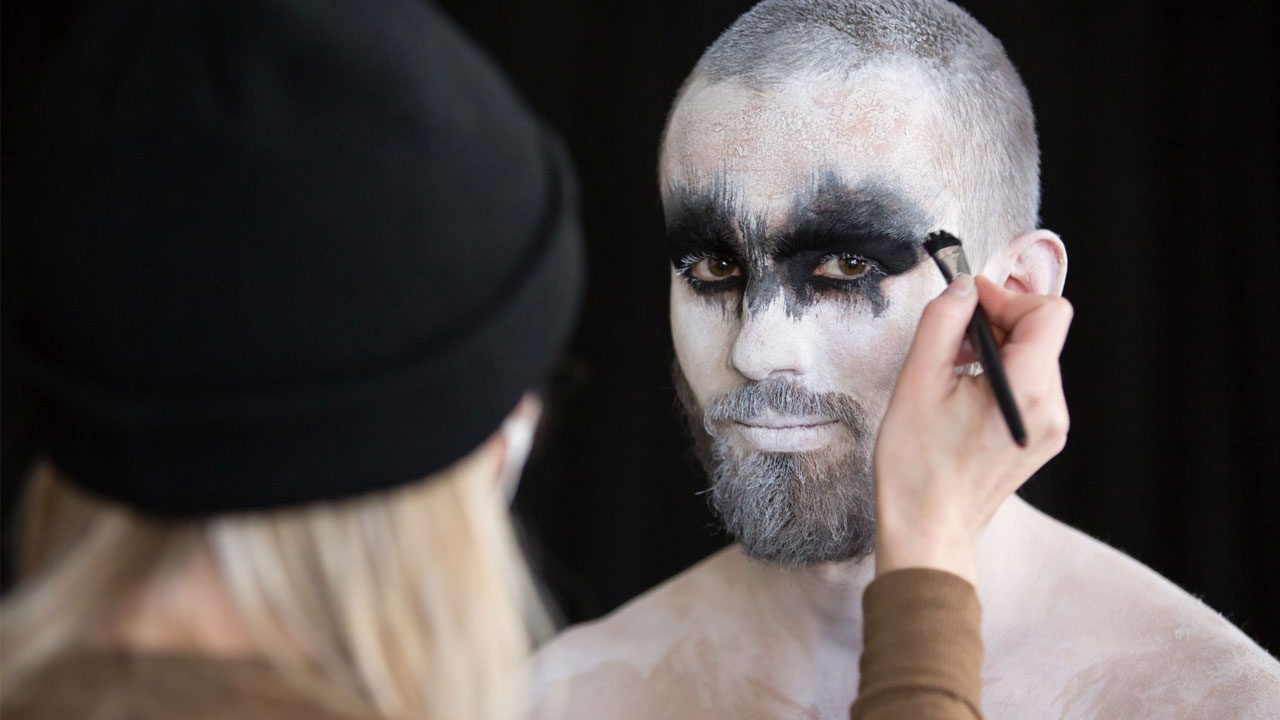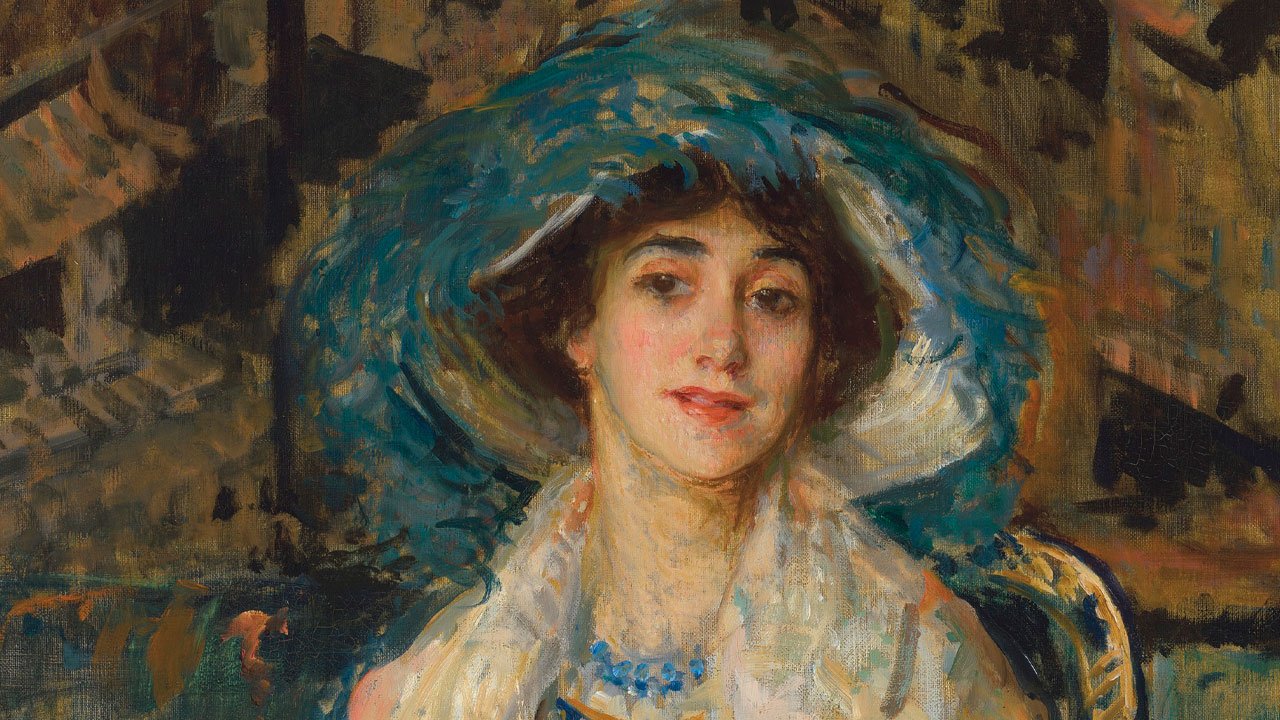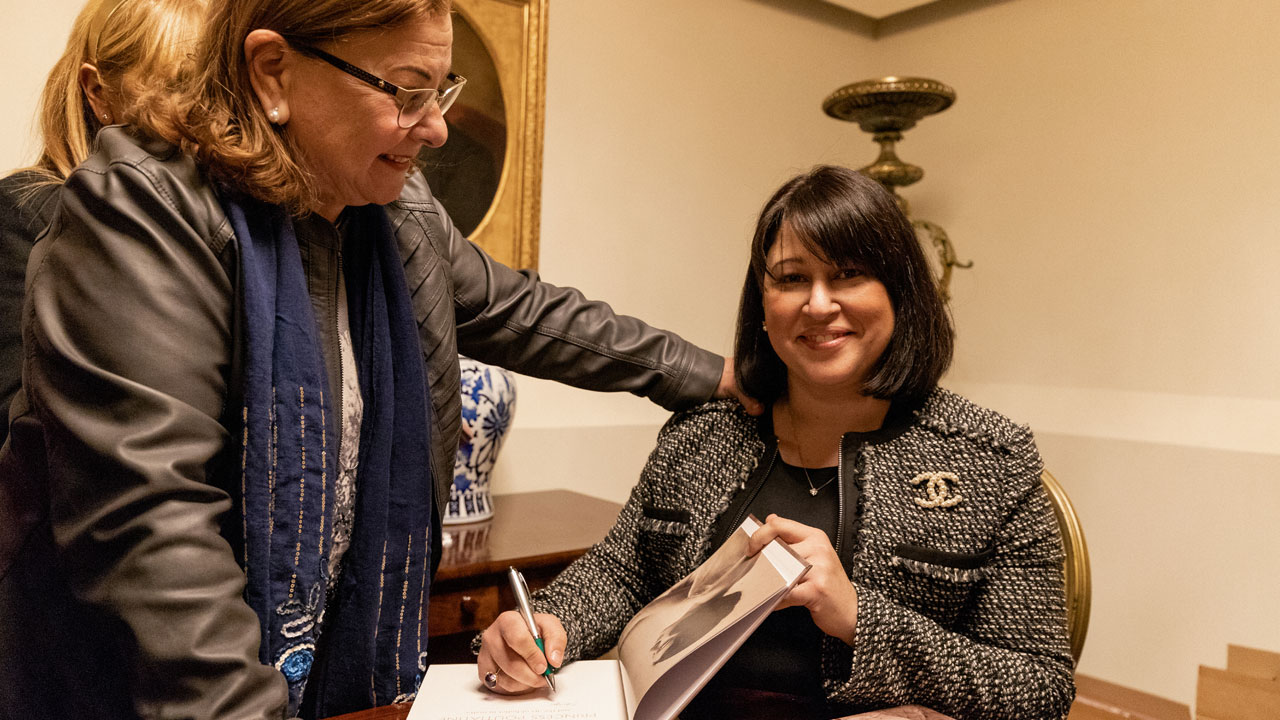Spring 2020: and as a pandemic swept the globe, the dance industry retreated behind screens and closed doors. Theatres and studios sat empty, recitals and auditions were called off, ballet schools scrambled to hold Zoom classes and professional dancers practised in their cramped flats, using kitchen tops as barres.
Many young dancers, pausing to take a breath from the structure and schedules of schools and companies, turned to social media for community and company.
Online conversations bloomed, prompted by a series of revelations of historic grooming abuses at companies, by the brutal murder of George Floyd and the protests it sparked and by Paris Opera Ballet’s reckoning, in the form of a 66-page report, with its institutional culture of racism and bullying. Dancers such as Mary Riley, a final year student at Elmhurst Ballet School, began to discuss the industry that they hoped might emerge from the ashes of the pandemic.
‘We reached out to each other [on social media],’ says Riley, 19 (like all the young dancers in this piece, she is RAD-trained). ‘And then George Floyd happened and we started talking about how race and body image get in the way of dancers being able to achieve their dreams and what we can do about it. For us there’s a common feeling something has to change.’
Journalist and dancer Chloe Angyal’s new book Turning Pointe argues that this demand for change is existential: ‘will [ballet] remain mired in its old traditions and entrenched prejudices, or will it make itself into something less broken and more beautiful?’ she writes, asking how far we have yet to go in a dance world where high-profile companies in racially diverse cities have just one or two Black dancers in their ranks.
‘Even before the pandemic, the ballet system was rendered fragile by years of sexism, racism, elitism and a stubborn disregard for the physical and mental health of its dancers,’ Angyal tells me. ‘The pandemic has exposed those problems, and if ballet’s leaders can’t find creative answers the art form is doomed to irrelevance.’
‘There’s a common feeling something has to change’
Mary Riley
Choreographer and dancer Phil Chan similarly argues that without a radical overhaul of classical choreography, ballet risks alienating audiences and talented young dancers alike. In 2017 Chan launched anti-racist advocacy organisation Final Bow for Yellowface following a phone call with Peter Martins, then artistic director of New York City Ballet.
‘On the one hand, he [Martins] felt like he couldn’t change The Nutcracker, as it was his job to be some torchbearer of Balanchine’s legacy,’ Chan says of that fateful conversation. ‘On the other hand, he couldn’t ignore the thousands of letters and emails to the company, talking about how the second act [with the Arabian Dance and Chinese tea scene, the latter traditionally performed in yellow face] didn’t reflect their experiences of Asian people, and they weren’t comfortable bringing their children to see it any more.’ For Chan, change is quite literally a matter of the bottom line: bums on seats.




In a landscape in which many companies have instituted a hiring freeze, Teige Bisnought considers himself ‘extremely lucky.’ The Berkshire-born 21-year-old, who began his RAD training at the age of 10, has just completed a five-month contract with Dallas Black Dance Theatre’s DBDT: Encore! company and now becomes the only British dancer in the prestigious Ailey II, the junior troupe of New York’s Alvin Ailey American Dance Theater.
As a young artist of colour, Bisnought is keenly aware of the unthinking aesthetics that drive recruitment. ‘When companies lose a member they’ll often look for someone who looks like the old dancer,’ he says, ‘whether that’s ginger hair or a token person with brown skin.’ This lack of reflection of the diversity in the wider world, he argues, is off-putting to talented young dancers who don’t see themselves represented. ‘If you see a certain body colour or shape on the stage, and then you hear these stories about how the industry is, you think: “there’s no way, even if I wanted to do it, I could”; and that’s such a shame.’
For young dancers, company auditions have long been a source of stressful anticipation, and grievances when hiring policies seem unfair or opaque. The pandemic has forced a revolution, with companies belatedly grasping the potential of online auditions when it comes to reaching out to marginalised applicants and reducing the industry’s carbon footprint. Lise Uytterhoeven is Director of Dance Studies at London Contemporary Dance School, which has brought in a process that blends optional online and in-person auditions and allows candidates to take an active role: methods drawn from arts schools which she hopes will become the norm in dance pedagogy.
‘We put much more emphasis on the creative and improvisation aspects of auditions and give more choice to the applicant about the practice they use to introduce themselves to us,’ Uytterhoeven explains. LCDS is also the first British dance school to explicitly announce it is ‘decolonising’ its curriculum, bringing in South Asian, African and diasporic teachers and dances, ‘whilst avoiding cultural appropriation, which is a delicate balance.’ She hopes other schools will follow suit.
Sara Ouwendyk, 21 and from Australia, found the European audition circuit ‘incredibly stressful’ when she toured for auditions in January 2020, receiving an offer from Grand Théâtre Genève, with whom she now dances. ‘The audition process is always tough, and we can’t sugar-coat that,’ she says, adding that giving dancers more notice of auditions would be as beneficial as allowing them to choose between auditioning in-person or online. For Ryan Felix, a dancer with Birmingham Royal Ballet, the chief issues with auditions are cost and social capital. ‘The costs of travelling can be difficult. Most of us simply can’t audition for 30 companies in a couple of months, so you have to make informed decisions,’ he says. He gained his BRB contract on the basis of his graduate performance at Elmhurst: the balcony pas de deux from Romeo and Juliet.
That said, young dancers are in broad support with initiatives that make the most of digitisation, such as the successful online staging of the 2021 Prix de Lausanne, which featured dancers from a record number of nationalities; and Studio Wayne McGregor’s ground-breaking use of AI choreographic tools. Mary Riley believes opening ballet to wider audiences through free online streaming will be seen as the pivotal act of dance’s pandemic. ‘If you’re bored at home and you find BRB is doing something online and think, I might as well watch it, you have all sorts of people interested for the first time,’ she says.
Arguably the pandemic has also seen a more public interrogation of the restrictive and damaging norms of what constitutes a ballet body. In October 2020 American dancer Kathryn Morgan posted a YouTube video discussing how, despite being candid with Miami City Ballet about her chronic illness with an autoimmune disease, she suffered pressure to lose weight during her single season at the company. Her video provoked an outpouring of similar stories on dance Instagram. Progress in representation of non-typical bodies in ballet, including dancers with more womanly forms, remains slow and incremental. Anya Mercer, aged 17 and in her second year at English National Ballet School (ENBS), is heartened by the fact that balletwear brands such as Cloud and Victory use divergent body types in their advertising and that Grishko, Bloc and Freed of London have added a broader range of tones to their pointe shoe ranges.
‘Dancers with different bodies can see what they look like in the leotards and it also challenges the aesthetic that encourages young dancers to force their bodies to look a certain way, which can damage them in the long term,’ Mercer says. Sara Ouwendyk believes that real change will have come when it becomes ‘not okay’ for any company to put pressure on dancers, even subtly, to look a certain way. ‘There are a lot of dancers out there struggling with the way they look and, as much as we might hope differently, the ideal of the skinny dancer still exists,’ she says.
Central to young dancers’ demand of the industry, as the pandemic recedes, is a call for the redistribution of power. As Aaron Carmon, a Black contemporary dancer who performed with Alvin Ailey before touring in Disney’s The Lion King, says: ‘Your “normal” was our oppression.’ Angyal decries the ‘skewed power dynamics’ that leave young dancers vulnerable to exploitation as powerful figures are beyond reproach. ‘In ballet, people at the top are always right and set the tone,’ says Tim Morgenstern, 20. ‘There’s this tendency not to listen to those lower down the hierarchy when they raise issues or ask important questions about racism, health and wellbeing.’


WATCH Ryan Felix winning a medal at the Genée International Ballet Competition in 2017
‘Sometimes dancers feel like the property of an organisation, rather than part of a company’
Teige Bisnought
Teige Bisnought believes that communication within companies is in need of a radical overhaul to make dancers feel as if they have agency over their lives and careers. ‘Sometimes dancers feel like the property of an organisation, rather than part of a company, and completely cut off from what goes on behind the scenes,’ he says. Talia Fidra, 20, believes the unionised structure at Queensland Ballet, where she dances, emboldens dancers to raise issues with artistic staff and management through their dancer reps, and that collective power is the key to resetting the industry in tune with dancers’ needs. In Turning Pointe, Angyal challenges companies to tackle a ‘block in the pipeline’ that prevents working class artists, and artists of colour, from rising to positions of power, such as choreographing and running ballet companies.
My interviewees say that their generation demands that the industry becomes a safe and welcoming space for diverse bodies – and that this makes them hopeful for the future. They welcome initiatives such as Northern School of Contemporary Dance and Hofesh Shechter Company’s partnership to create a clearer path of progression within the industry for Black, Asian and ethnic minority dancers. Mercer would also like to see the model of a confidential ‘wellbeing officer’ at ENBS become the norm at the company level: ‘just because company dancers are adults it doesn’t mean that they don’t deserve looking after.’
Morgenstern, meanwhile, is excited about working for companies that perform classical ballets alongside radical and anti-racist repertoires; and Luke Dimattina, at Queensland Ballet, celebrates Li Cunxin AO’s martial arts-influenced reworking of The Nutcracker. Teige dreams of one day choreographing a race-critical version of Alice in Wonderland.
For Phil Chan, who is working on anti-Orientalist versions of La Bayadère and Le Corsaire (set, respectively, in the American Wild West and at a Miss Oceans beauty pageant in Atlantic Beach), ballet is on a precipice. ‘Do we want it to be a quaint European folk dance re-enactment, or do we want it to be something that gets you out of bed in the morning and is relevant and hot?’ he asks, adding. ‘I know what I want.’
WATCH Teige Bisnought dancing with Dallas Black Dance Theatre’s DBDT: Encore! Company
Sally Howard writes for the Sunday Times and others, and is author of The Kama Sutra Diaries and The Home Stretch.
Kingsley Nebechi is a Nigerian-born, Italian-raised graphic designer, illustrator and artist in Herts, UK, noted for his commercial work and solo exhibitions.
What one change would you like to see in ballet?
Let us know
